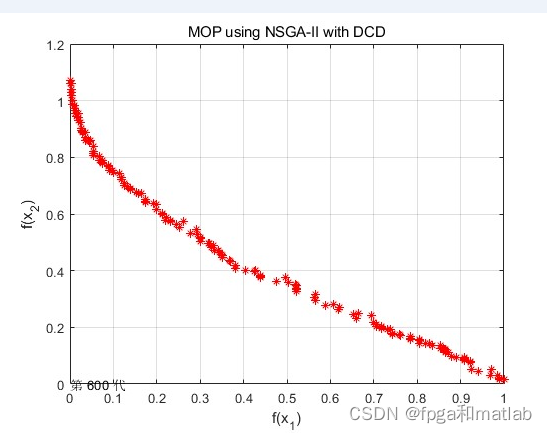刷 LeetCode 从零开始学 GoLang(2):7. Reverse Integer
题目描述Given a 32-bit signed integer, reverse digits of an integer.Example 1:Input: 123Output: 321Example 2:Input: -123Output: -321Example 3:Input: 120Output: 21Note:Assume we are dealing ...
·
题目描述
Given a 32-bit signed integer, reverse digits of an integer.
Example 1:
Input: 123
Output: 321
Example 2:
Input: -123
Output: -321
Example 3:
Input: 120
Output: 21
Note:
Assume we are dealing with an environment which could only store integers within the 32-bit signed integer range: [−231, 231 − 1]. For the purpose of this problem, assume that your function returns 0 when the reversed integer overflows.
GoLang 语法:if 判断
- if 判断的一般形式
if condition1 {
// do something
} else if condition2 {
// do something else
} else {
// catch-all or default
}
(1)关键字 if 和 else 之后的左大括号 { 必须和关键字在同一行
(2)如果你使用了 else-if 结构,则前段代码块的右大括号 } 必须和 else-if 关键字在同一行
- 带有初始语句的 if 判断
if initialization; condition {
// do something
}
(1)在初始化语句后方必须加上分号
AC 代码
func reverse(x int) int {
ret := 0
for x != 0{
// if 判断语句
if ret * 10 + x % 10 > ((1<<31)-1) || ret * 10 + x % 10 < (-(1<<31)){
return 0
}
ret = ret * 10 + x % 10
x /= 10
}
return ret
}
更多推荐
 已为社区贡献2条内容
已为社区贡献2条内容









所有评论(0)